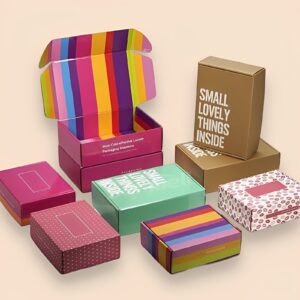
Packaging Printing Process —- Die Cutting & Creasing
Custom Packaging Printing Process Die-cutting and embossing originated from letterpress printing, utilizing molds to cut materials into various shapes, designs, and patterns. This technique is
Die-cutting and embossing originated from letterpress printing, utilizing molds to cut materials into various shapes, designs, and patterns. This technique is instrumental in telling brand stories and enhancing the consumer experience.
Die-cutting and embossing, also known as die-cut molding or creasing, are techniques used in packaging and printing. When packaging boxes need to be cut into specific shapes, die-cutting and embossing processes are employed.
Die-cutting involves using steel blades arranged in a mold (or engraved on a steel plate) to cut paper into specific shapes on a die-cutting machine. The hollowed-out portions, which are the main display areas of the packaging, are created using die-cutting techniques, adding personalized decorations to the overall packaging.
Embossing utilizes steel wires to create impressions or leave grooves on paper, allowing for bending and folding. When die-cutting and embossing processes are performed simultaneously on a die-cutting machine, it is referred to as die-cut embossing or simply embossing.
Characteristics: Die-cutting and embossing techniques enable the creation of unique shapes, enhancing the expressive capabilities of packaging designs.

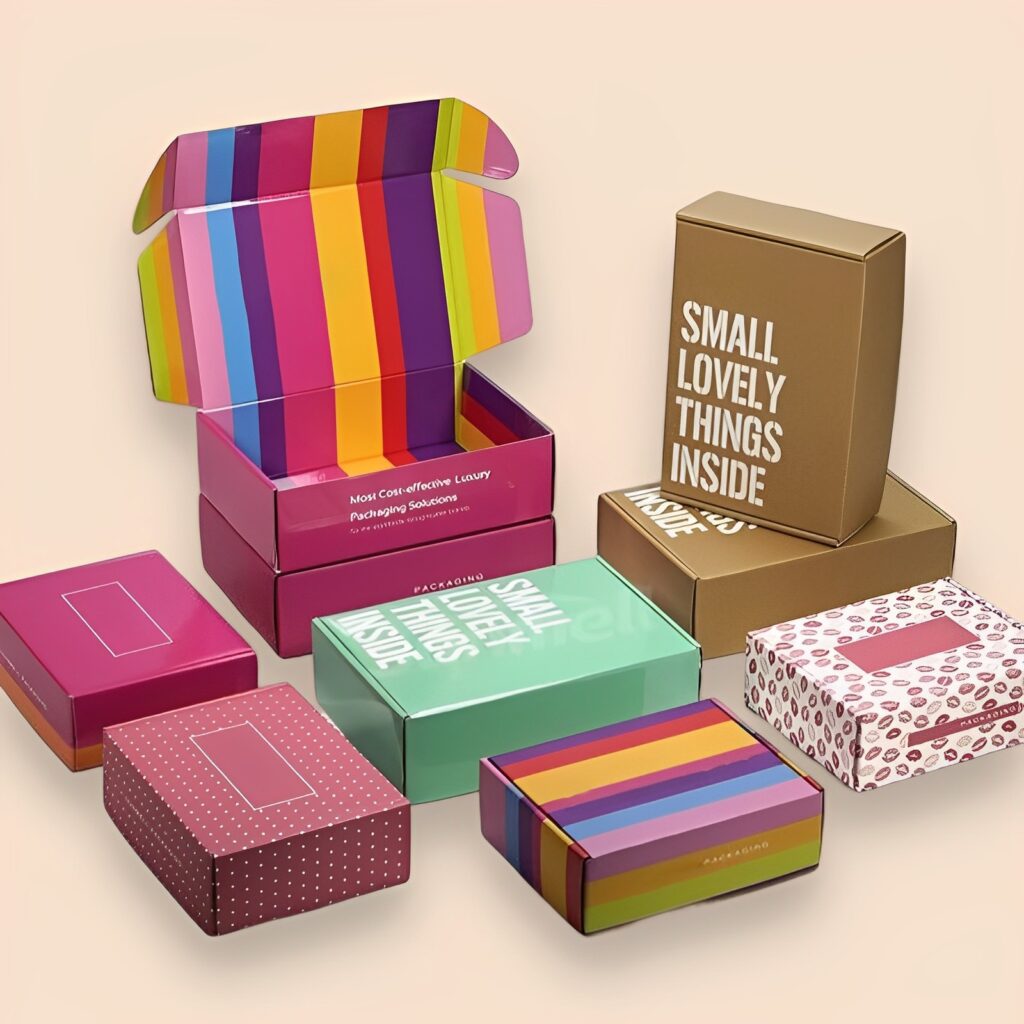
Multiple forms of die-cutting and creasing processes
Flat Cutting/Edge Trimming
Depending on the paper characteristics and design requirements, materials can be directly cut to achieve the desired shapes. Skillfully employing flat cutting/edge trimming techniques can highlight the artistic sense of packaging.
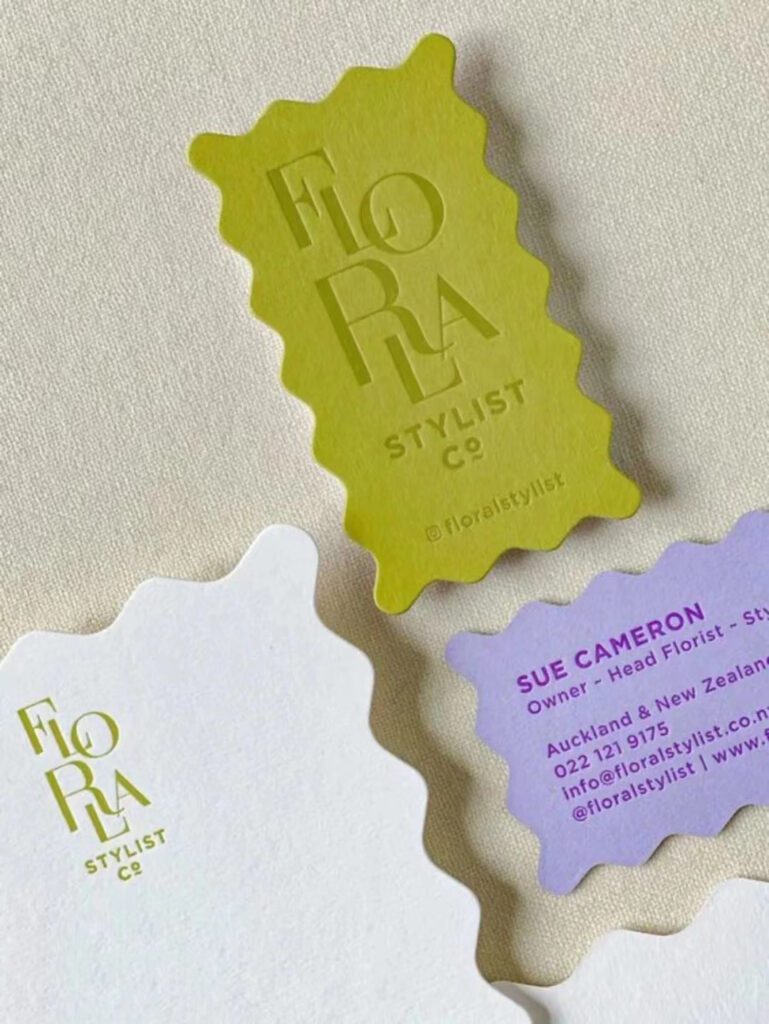
Die-cutting with Windows/Cutouts
Cutting inside the paper to create layers on a single sheet, die-cutting with windows or cutouts enhances the three-dimensional quality of packaging. This technique is one of the most commonly used forms of die-cutting in packaging, adding depth and visual interest to the overall design.

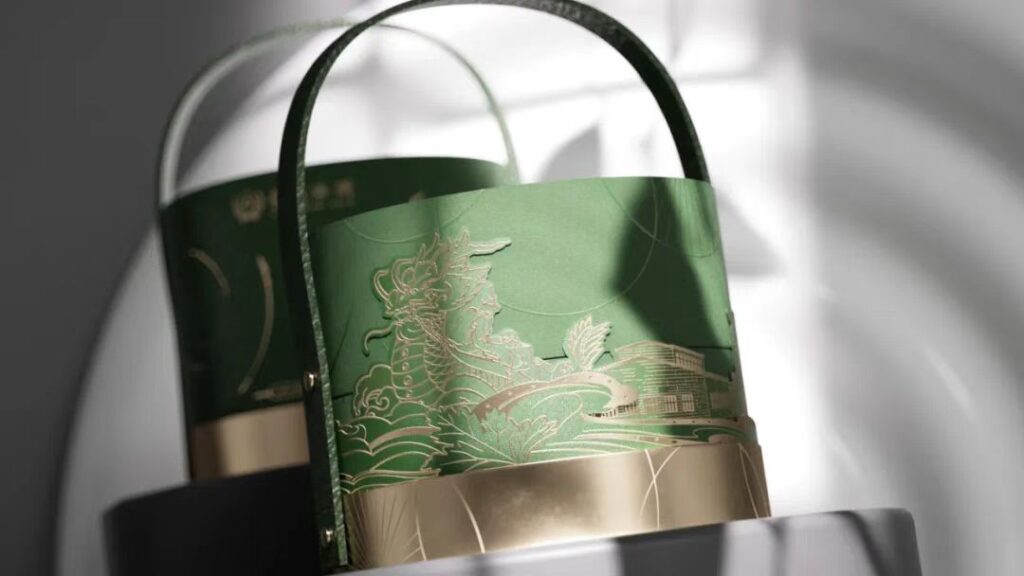
Score Lines
Creating dotted or dashed cut marks in specific areas, score lines facilitate easy tearing when needed. Score lines come in two types: dotted and dashed lines. The paper appears partially cut, allowing for easy tearing or cutting along the lines. The orderly arrangement of these lines provides both practicality and a sense of design.
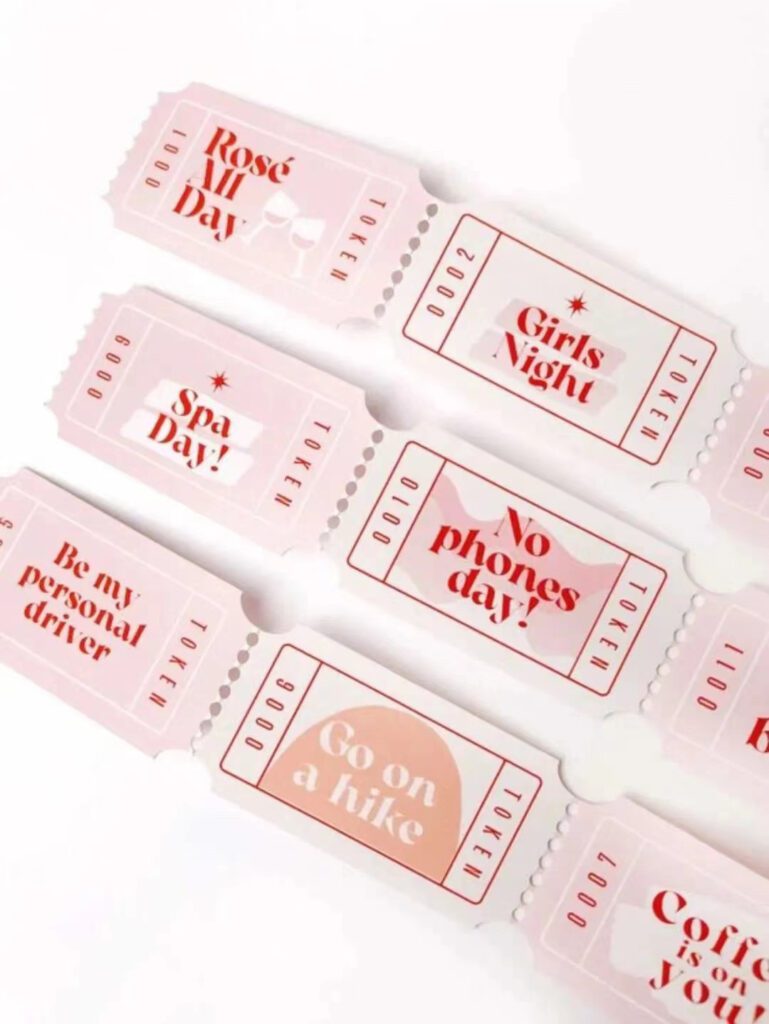
Folding Lines
Folding lines are created by setting a fold line on the material. There are single-line folds, double-line folds, and bi-directional folds. Thinner paper typically uses single-line folds, while thicker paper requires double-line folds. Multiple folds and bi-directional folds are commonly used for accordion-style pages and brochures.

Tear line
Tear line involve creating a series of small notches, allowing for easy tearing. These are commonly used for packaging seals and provide an engaging opening method. Tear line are designed to be easily torn along the perforations, offering both practicality and a sense of design due to their orderly and well-spaced arrangement.
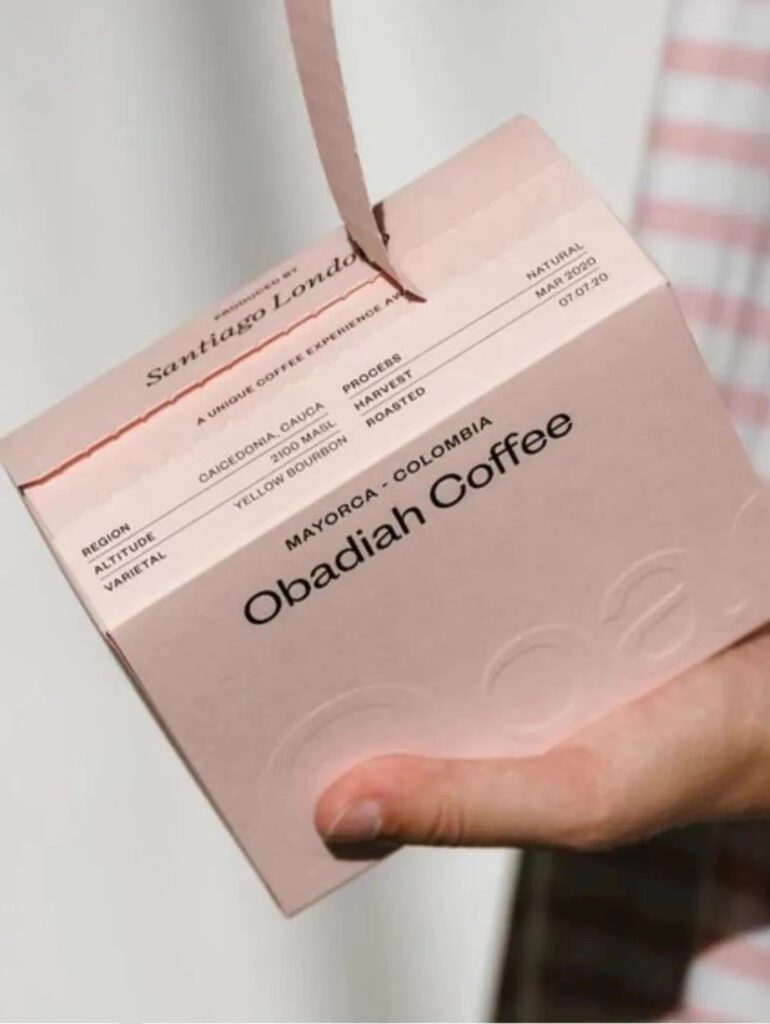
Die-cutting and embossing techniques have transformed the traditional linear or flat forms of printed materials, allowing various print packaging to present in three-dimensional and curved shapes. This method creates aesthetically pleasing and exquisite shapes and designs, filled with creative intelligence. Die-cutting and embossing enhance the visual appeal of printed packaging products, contributing to the improvement of packaging quality.
Email: nancy@dayipackage.cn
Direct: + 86 157 1504 4920(whatsapp)
Tel: +86-596-2308791
Web: www.cnpaperboxes.com
06-2. Shipping Bubble Bags
Bio-Degradable Printed Packaging Bubble Mailers Logo Poly Bubble express bags
06-2. Shipping Bubble Bags
Biodegradable Blue Poly Mailing Shipping Bag with Padded Envelope Bubble Express Bags
06-2. Shipping Bubble Bags
Bubble Express Bags Oem Moisture Proof Bubble Mailer Light Weight Padded Shipping Mailer Envelopes
Fill out the form below and let’s turn your ideas into real products. Or go old school and call us: +86157 1504 4920

Custom Packaging Printing Process Die-cutting and embossing originated from letterpress printing, utilizing molds to cut materials into various shapes, designs, and patterns. This technique is

Custom Logo Mailing Corrugated Boxes Shipping Mailer Box Handling Misalignment in Overprinting Nowadays, product packaging increasingly emphasizes the artistic and three-dimensional aspects of patterns, allowing

Custom Logo Mailing Corrugated Boxes Shipping Mailer Box Corrugated boxes, with their vibrant printing colors, excellent protective functions, environmentally friendly low-carbon advantages, and easy processing
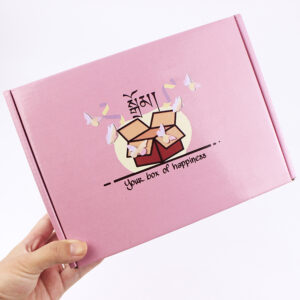
Custom Design Printing Paper Shipping Box Packaging serves as the first spokesperson for a product and is a crucial factor in helping brands stand out
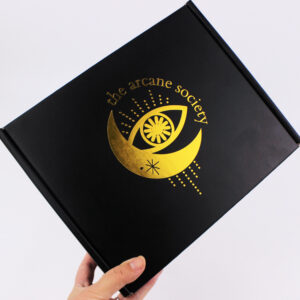
Custom Design Logo Printing And Glossy Paper Shipping Box Varnishing is the process of applying a layer of colorless, transparent coating (varnish) onto the surface
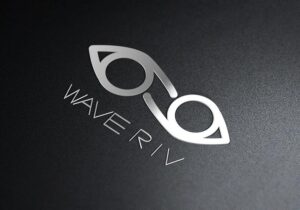
Custom UV Logo Corrugated Boxes Shipping Package Mailer Box UV stands for “Ultraviolet Rays” in English, UV ink refers to ink that undergoes cross-linking polymerization